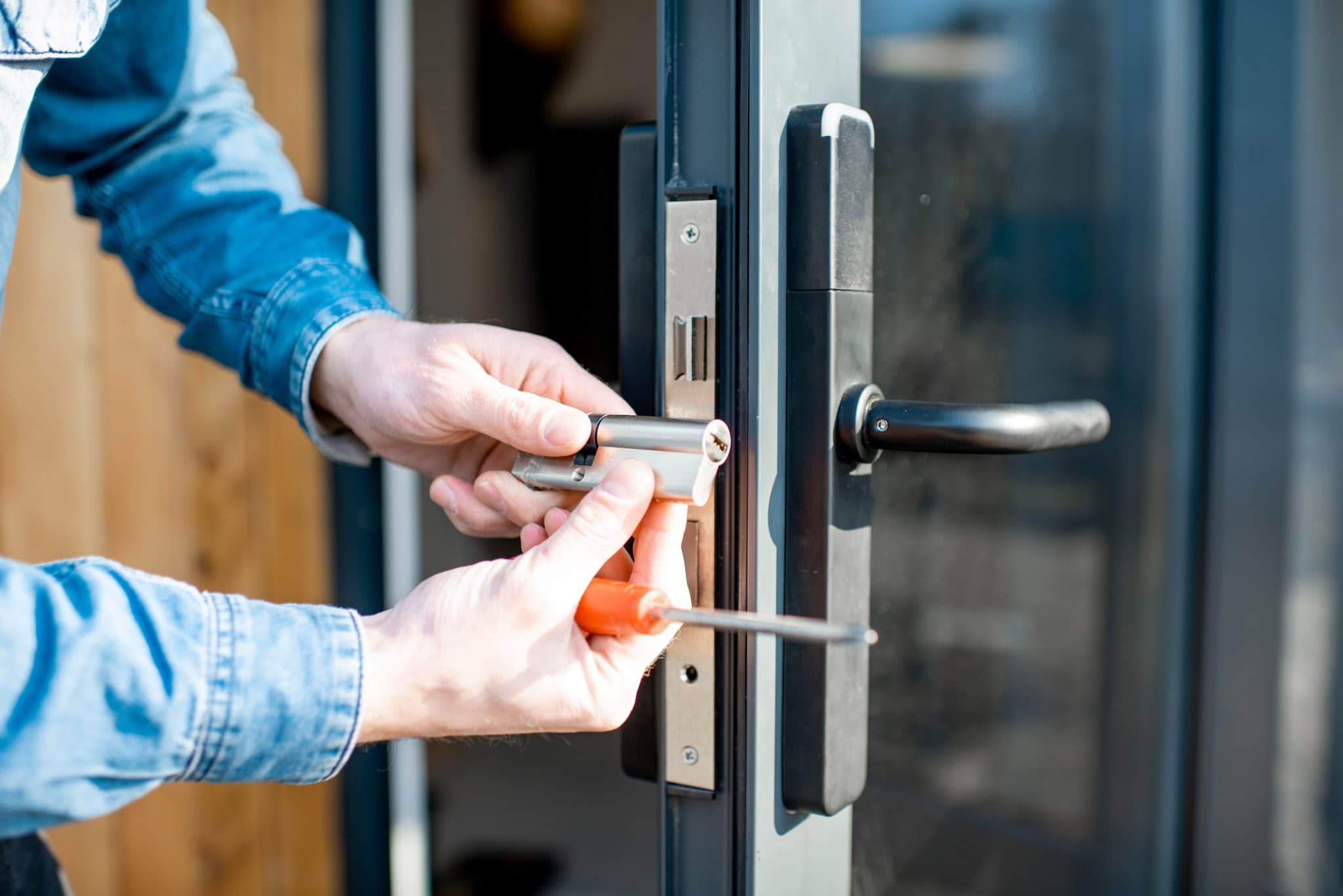Public spaces such as shopping malls, sports complexes, car parks, and train stations require effective security measures to ensure safety and prevent potential terrorist attacks and other criminal activities. One effective measure that can be used to prevent vehicular attacks in these busy public spaces is the installation of hydraulic roadblockers. Hydraulic roadblockers are efficient security systems that ensure access control,safety and prevent unauthorized vehicles from entering protected perimeters. This article will explore the uses and benefits of hydraulic roadblockers in public spaces.
One of the primary benefits of hydraulic roadblockers in public spaces is increased safety and protection of people and property. The bollards are designed to withstand tremendous impact, ensuring that they can prevent any vehicular attack that could cause significant damage. They provide a secure environment by restricting unauthorized vehicles from entering any designated area and keeping pedestrians away from harm and injury.
Hydraulic roadblockers also provide efficient traffic management, allowing authorized vehicles to gain access with ease in public spaces such as parking areas. Motorists can be carefully monitored and given safe entry, reducing congestion, and enhancing the speed of operations. Integration with traffic control systems applies a more sophisticated level of management, ensuring the operation of a secure and efficient system.
Another key benefit of hydraulic roadblockers in public spaces is their ability to act as visual and physical barriers. They are designed to withstand different types of vehicular attacks, including ramming, providing a formidable deterrent to terrorists and other criminals. As costs for other forms of security are drastically escalating, hydraulic roadblockers offer a reliable, cost-effective safety amenity for management and owners of commercial public premises.
Hydraulic roadblockers are easy to operate and integrate with current security systems, including alarm systems and security cameras. It enables operators to identify, isolate and manage any potential threats quickly. The flexibility of the roadblockers customization features and monitoring systems allows facility managers to configure and manage access according to specific requirements.
In terms of installation, hydraulic roadblockers specifically designed for public space is quick and straightforward. However, complex installations that involve integration with traffic control and security systems require specialized planning and implementation to ensure optimal security features.
Hydraulic roadblockers can also enhance the aesthetic value of public spaces. Modern hydraulic bollards come in various designs suitable for public spaces with minimal disruption to the surroundings, helping the facility to blend as a whole design element while enhancing the general allure of the environment.
Finally, hydraulic roadblockers require minimal maintenance. They are typically constructed from robust materials ensuring long-lasting durability. The minimal maintenance and easy repair of these bollards make them ideal for public spaces, reducing maintenance costs, and ensuring better state control.
In conclusion, hydraulic roadblockers provide an effective and efficient solution for ensuring public space safety and security. They selectively allow access to authorized vehicles while restricting access to assist in preventing unauthorized and potentially dangerous vehicles from entering public spaces. Hydraulic roadblockers are easy to operate, create visual barriers to deter vehicular attacks, and require minimal maintenance. Public space owners and city planners should consider hydraulic roadblockers for their optimal access control, vehicular traffic management, and site safety prerequisites.




More Stories
What are the roles of civil engineers in construction projects?
A Developer’s Dream: Achieving Full Stack Mastery with Logicmojo
Top 5 Benefits of Working with a Professional Locksmith